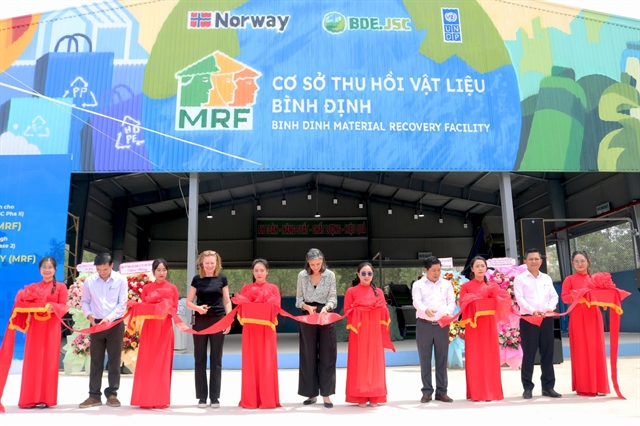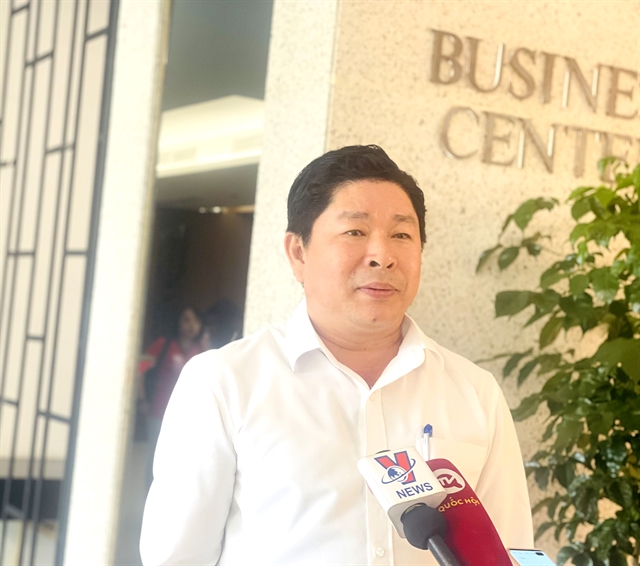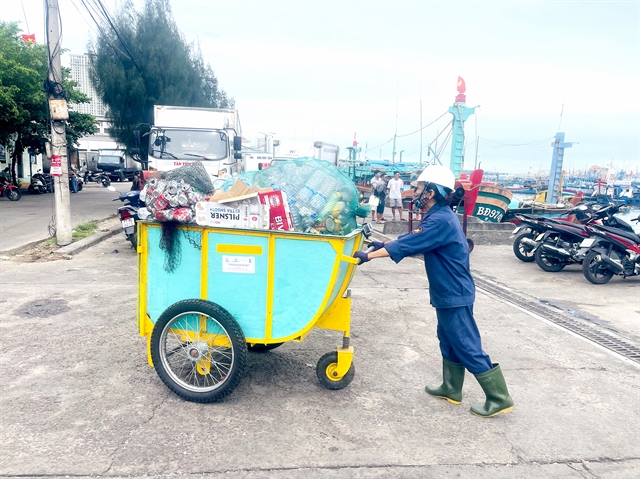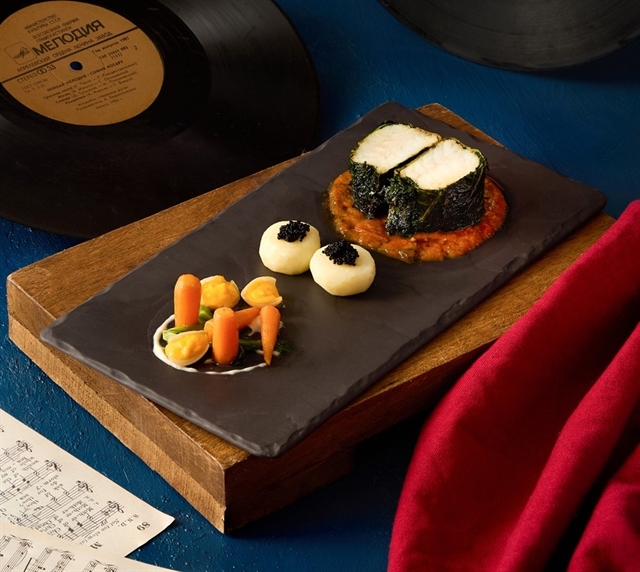 Environment
Environment

 |
| Nguyễn Đức Toàn, Deputy Chairman of the Quy Nhơn City People’s Committee in Bình Định Province. — VNS Photo Thu Trang |
Why does Quy Nhơn City conduct the sorting trash at its source programme?
As we all know, environmental protection is not only an urgent task in Việt Nam, but also a global trend.
With socio-economic development, waste management and environmental protection are increasingly important. Waste management does not stop at collection and treatment, but also includes measures to reduce, recycle and reuse, in which waste sorting at its source plays a key role.
Quy Nhơn City has developed rapidly in recent years, attracting many investors and tourists. But its development also poses environmental challenges, especially in waste treatment.
Statistics show that the amount of domestic waste in the city is increasing significantly every year, while the waste treatment system is still in the form of a simple landfill -- it is not thoroughly treated as required.
Without a suitable solution, this problem will greatly affect the environment, people's health and the city’s sustainable development.
Therefore, the waste sorting at its source programme is extremely necessary and urgent.
Sorting waste at its source not only helps reduce the amount of landfill waste, but also takes advantage of resources from waste, reduces pollution and saves natural resources.
This is one of the key programmes to protect the environment, raise community awareness and improve residents’ quality of life.
What are some of the activities under the programme?
The programme officially started from the beginning of this month in Nguyễn Văn Cừ and Ngô Mây wards, with the goal of at least 50 per cent of households participating.
Waste will be divided into three main categories.
The first one is solid waste, which can be reused or recycled. This includes paper, plastic, metal, glass, fabric, leather, wood and rubber. People will sort it separately, put in a white bag and tie it tightly for environmental workers to collect.
The second category is hazardous waste, such as batteries, accumulators, light bulbs, chemical bottles and paint. People will bring this type of waste to the nearest collection points according to a published list.
The third type is domestic solid waste, including leftover or expired food, parts of vegetables and fruits that are discarded after preliminary processing, and discarded products from livestock, poultry and seafood, as well as tree leaves, seed shells, sedge mats, animal hair and foam boxes. People can use food waste as a bio-fertiliser for crops if needed, or they can give it to farmers as feed for livestock and poultry. For the remaining waste, people can store it in yellow bags to be collected by environmental workers.
Sanitation workers will collect the sorted waste using handcarts. Different handcarts will take different waste groups.
The waste is then transported in separate specialised vehicles. Vehicles collecting reusable, recyclable waste will take it to the Material Recovery Facility (MRF) at the Long Mỹ solid waste treatment area in Phước Mỹ Commune. Vehicles collecting other waste will transport it to the Long Mỹ landfill.
 |
| A worker uses handcart to collect waste for classification in Quy Nhơn City. — VNS Photo Thu Trang |
How is the sorted waste treated?
Reusable and recyclable waste will be collected by the Bình Định Environment Joint Stock Company and transported to the MRF at the Long Mỹ waste treatment area.
Hazardous waste will be handed over to relevant agencies for treatment.
Remaining domestic solid waste will be collected and treated to be put into a sanitary landfill.
Household waste and reusable and recyclable waste will be collected daily. As for hazardous waste, residents can bring it to collection points that have been announced in the city so that relevant units can handle it according to regulations.
What are measures to ensure the programme’s effectiveness?
In the first week of September, training sessions were held for leaders of the Party Committee, People's Council, Fatherland Front Committee, Women's Union, Youth Union, heads of schools and residential groups and directors of hotels and restaurants in Nguyễn Văn Cừ and Ngô Mây wards.
Other training sessions were held in the second and third weeks of September for State employees, medical workers, employees in hotels and restaurants and small traders in markets.
Authorities from Ngô Mây and Nguyễn Văn Cừ wards organised training for every household out of 114 residential groups on September 20.
A number of videos have been broadcast and nearly 9,000 posters of different sizes have been delivered to residents, or put up in public places.
Competitions related to the topic have been organised for women and students of different levels.
Schools will provide education about waste sorting at its source to help students practise the habit of sorting garbage from an early age.
The waste sorting at its source programme is not only an environmental protection solution, but also part of the sustainable development strategy of Quy Nhơn City.
To achieve success, it requires the consensus and cooperation of the whole community, from local authorities and businesses to the people.
On behalf of the programme organiser, I therefore call on all households to proactively learn and participate in the waste sorting process, from putting waste in the right type of bag to supporting the collection work.
Agencies and businesses should also play a key role in promoting the programme, becoming examples for people to learn from and follow.
Associations and community groups act as a bridge between the authorities and the people, guiding the people to actively participate in the programme. — VNS




